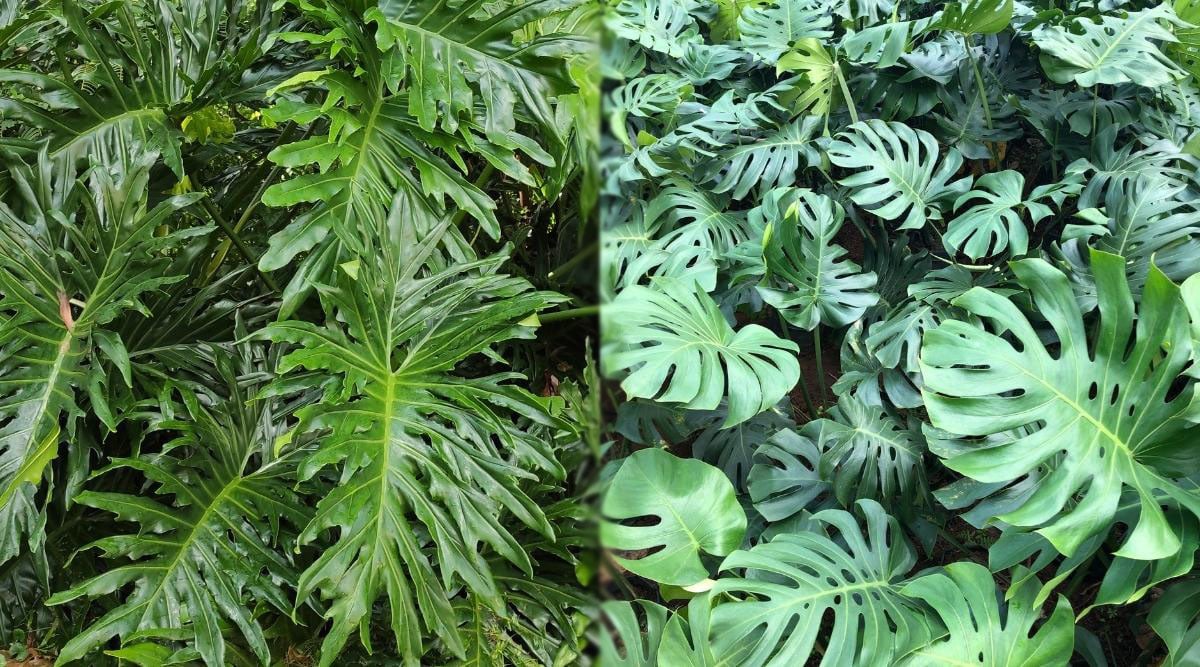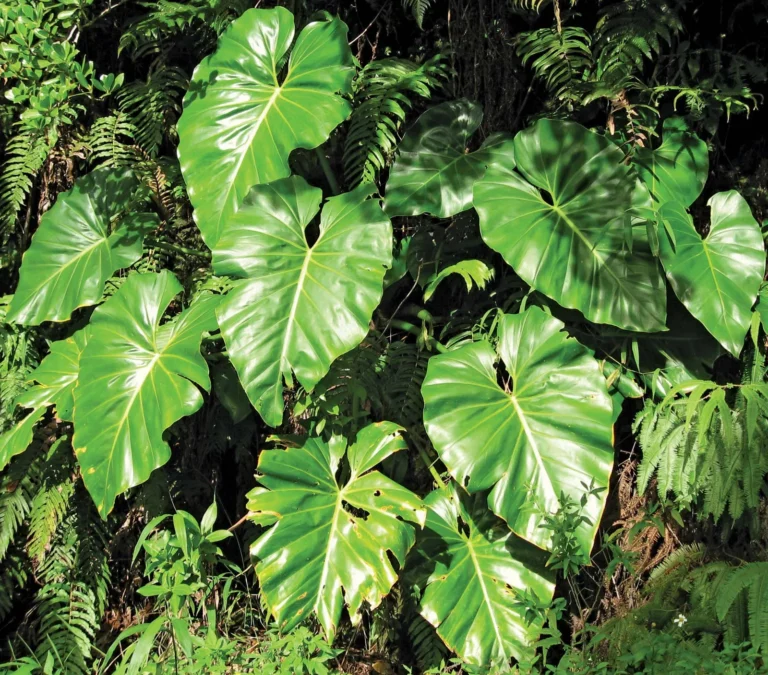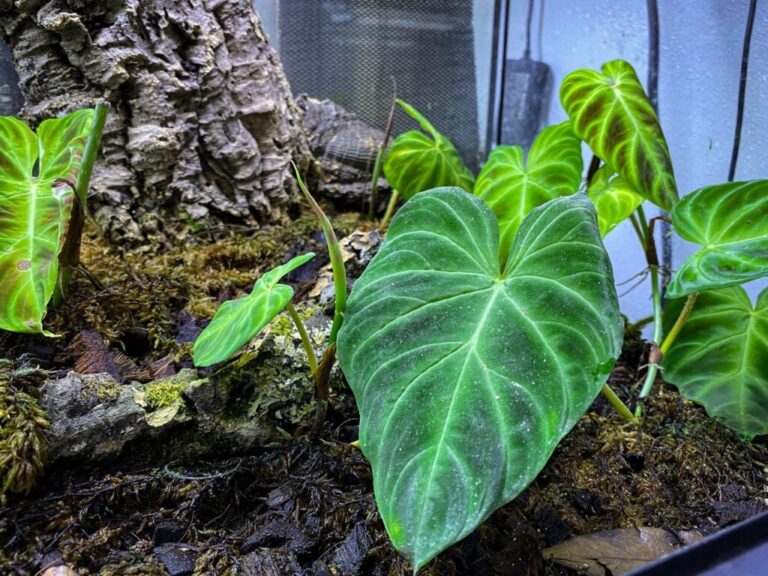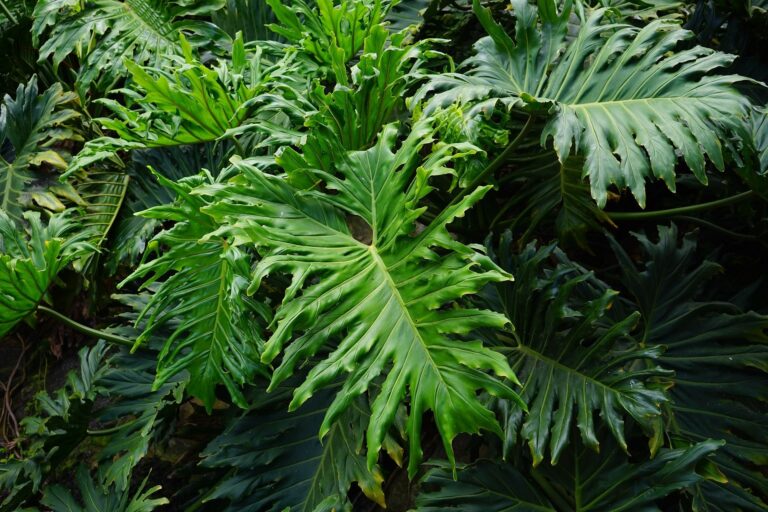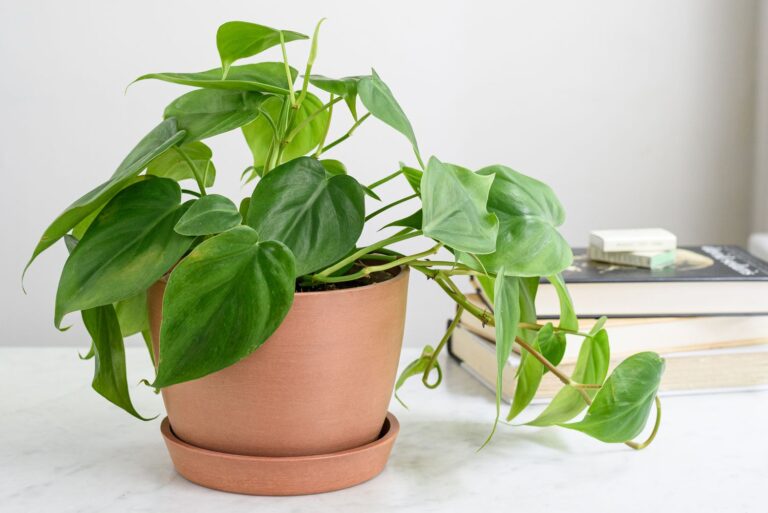Philodendron vs Related Genera: Complete Identification Guide
What if you discovered that the plant you’ve been calling a “split-leaf Philodendron” isn’t actually a Philodendron at all? You’re not alone—millions of plant enthusiasts struggle with this exact identification puzzle, and the solution lies in understanding five critical anatomical differences that separate these look-alike genera forever.
Great Plant Identity Crisis: Why You’re Probably Wrong About Your Plants
In a nursery store, garden center or plant social media portal, one can find one of the most ubiquitous misidentifications in all of houseplant life as soon as you step foot inside. That pretty-looking “Philodendron” you are admiring could actually be a Monstera, and what you’ve been calling “Pothos” may instead be a Philodendron. Indeed, the level of confusion is so great even expert plant parents find it difficult to recognize these specific genera through simple name alone.

The stakes are greater than correct naming. Misidentification leads to untrained staff, needless plant deaths and disgruntled gardeners who resent themselves for lapses which stem from following inadequate advice. When you get the anatomical differences so clearly from the Philodendron, Monstera, Epipremnum (Pothos), Anthurium, Alocasia, and Colocasia, you can give each plant the best care.
The Science That’s Behind the Confusion: How Do These Plants Look So Alike?
These plants belong to the Araceae family—also known as the aroid family. This related botanical relationship is what gives them similar leaf shapes, growth patterns and care needs. But each genus developed its own features, which, when identified, lend themselves readily to identification.
That confusion was worsened by decades of marketing mis-labeling. Nurseries and retailers tend to use similar names in shorthand, which has made the misinformation muddled. “Split-leaf Philodendron” turned out to be pretty much a catch-all for all tropical plants large-leaved, or large-leafed.
Monstera Specialist: Fenestrations vs. Split Leaves (Critique)
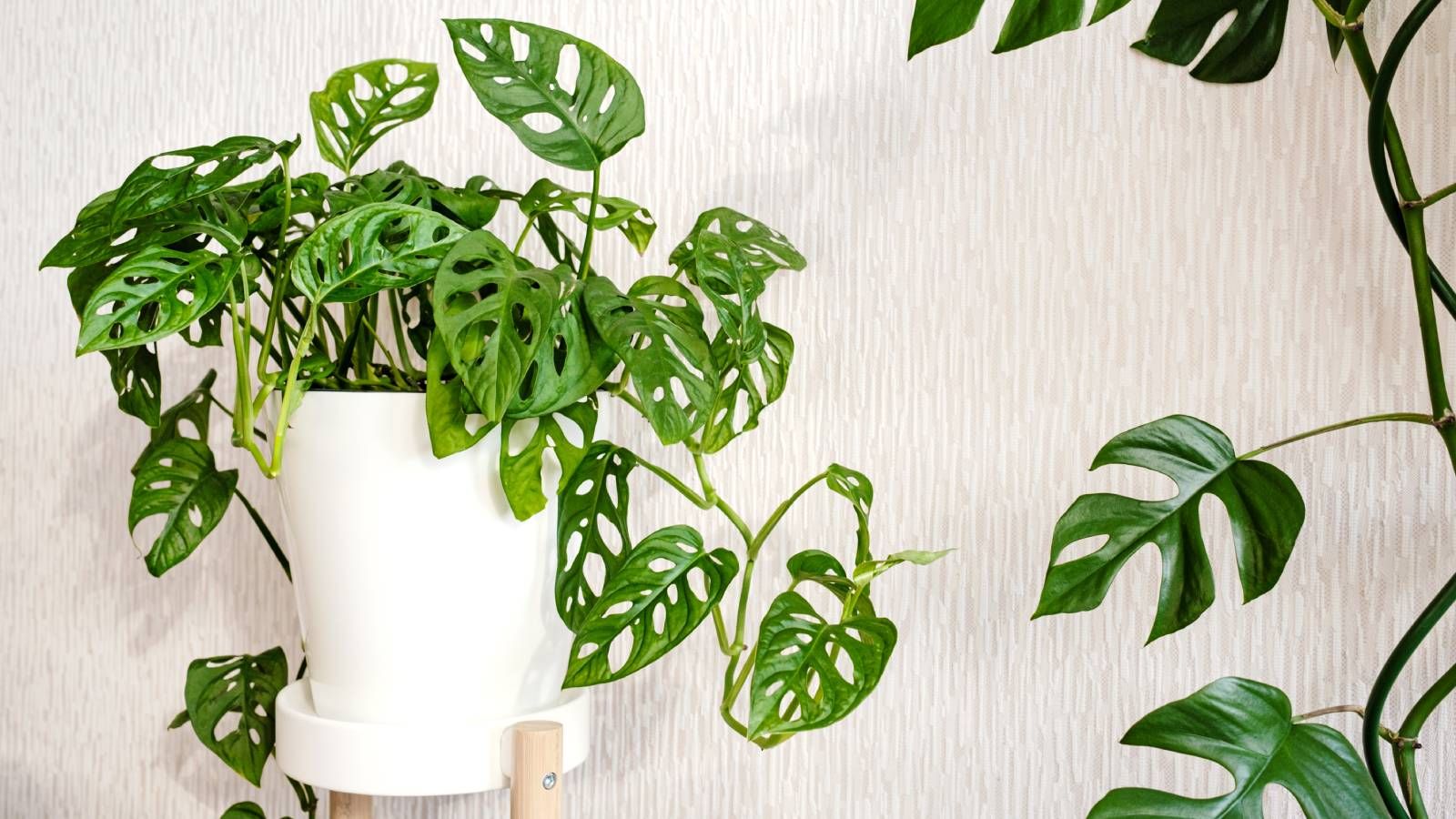
Another type of misidentified pair is Monstera deliciosa and what is known as ‘split-leaf Philodendron’ (in reality, Thaumatophyllum bipinnatifidum). The distinction here is in one of nature’s most interesting botanical experiences: fenestration.
Fenestrations vs. Splits: The Most Characteristic
Monstera leaves develop fenestrations: holes that result from holes which are formed in the leaf blade itself. These “windows” appear as the plant grows up, beginning with small puncture points that become large holes. The fenestrations have evolutionary importance, possibly in the distribution of light into these deeper forest canopies where lighter air penetrates deeper foliage or in the windy tropical wind on windy days.
Philodendron leaves, in contrast, show splits that go from the leaf edge to the inward, forming individual “fingers” or lobes. These splits never will create a proper hole in the leaf blade. It’s crystal clear when you look at mature specimens side by side.
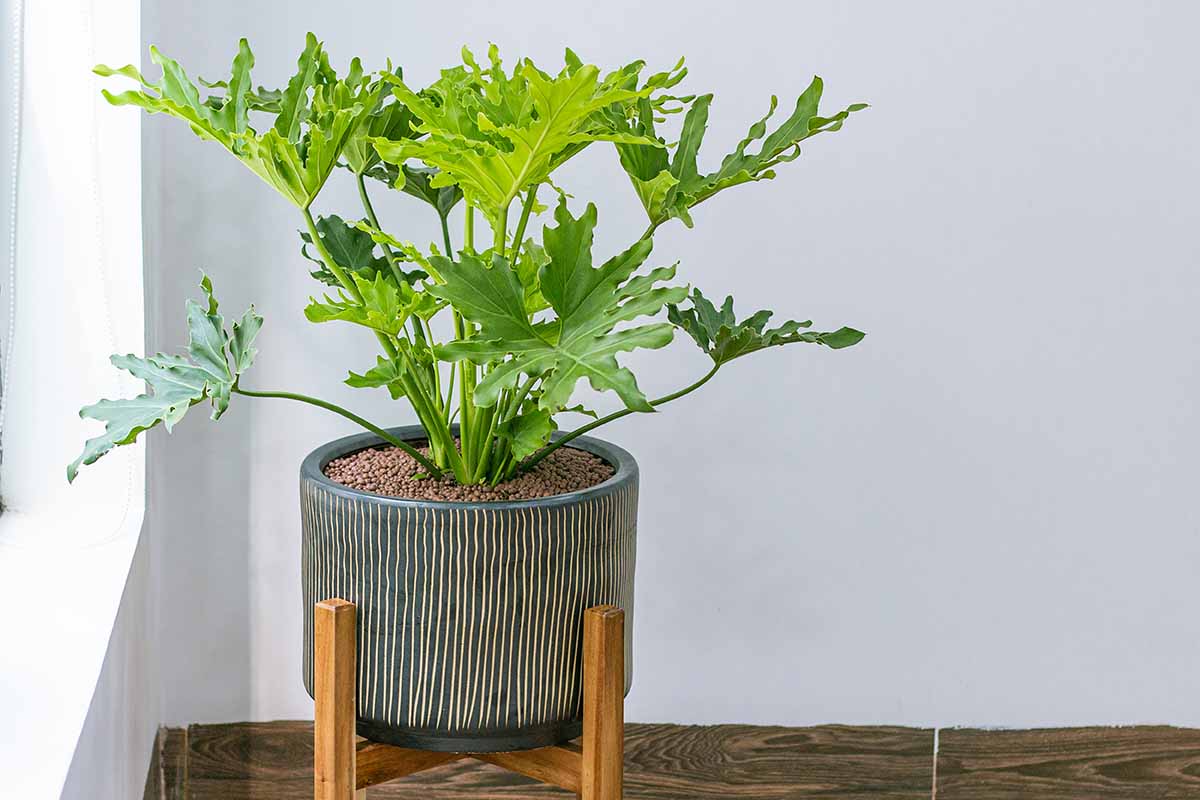
Differentiation Markers Other Markers
Leaf Size & Shape: The Monstera leaves can reach three feet long and two feet wide, often appearing more rounded and heart-shaped. Philodendron leaves of equivalent length can be even narrower than this, reaching only one foot wide and more elongated.
Growth Habit: Monsteras are climbers like almost all other woody monster creatures and grow with thick long axes and their roots attaching to trees by air on the tree’s aerial roots. At approximately two feet a year they grow up, they do so straight up. Philodendrons at the same time grow horizontally, taking off like dynamo in an instant, when given ideal conditions may reach by as much as 15 feet.
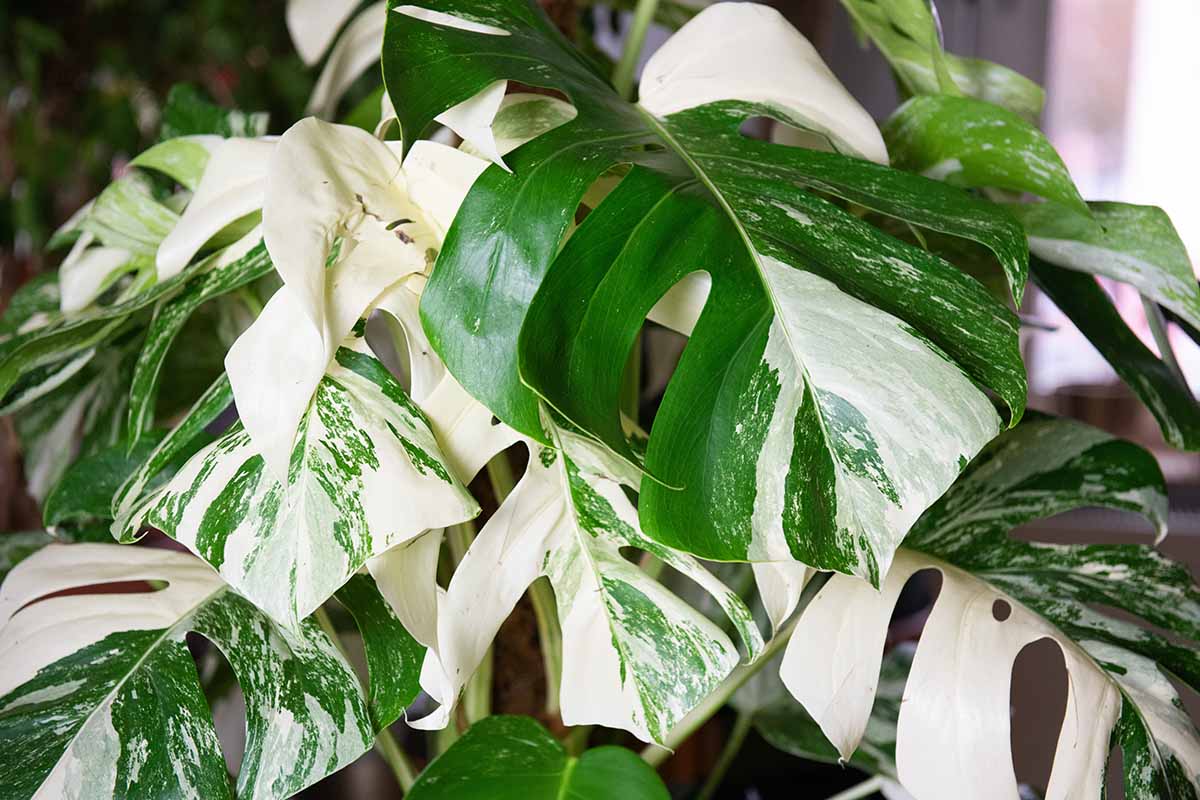
Leaf Texture: Monstera leaves appear smooth, flat, and glossy, while Philodendron leaves exhibit a leathery texture with a slightly ruffled appearance.
Fruiting Power: Monstera deliciosa produces edible fruit when mature and properly pollinated, offering a delicious tropical flavor when ripe. Thaumatophyllum bipinnatifidum does not produce fruit indoors.
Genus Level Differences: Epipremnum Aureum Versus Philodendron

Philodendron vs Pothos confusion the most common misidentification in plant life. Correct identification is built off of the understanding that these plants belong to totally different genera —Epipremnum versus Philodendron.
Leaf Anatomy: The First Clue
Pothos, Epipremnum aureum appears with thicker, waxier leaves at a relatively straight base where the petiole connects. They feel heavy and don’t rip. Philodendron leaves, including common heartleaf leaves (Philodendron hederaceum), present thin leaves soft to the touch and have a strong heart shapes. The base is deeply curved inwards to yield the traditional heart shape.
Petiole Structure: The Celery Test

The petiole, the spiky small stem linking leaf and main vine, demonstrates one of the most accurate ways of identification. Pothos petioles appear indented and bent inwards to the side — a cross area of a celery stalk. Philodendron petioles are fully rounded and smooth.
Aerial Roots Development
Both plants have aerial roots to climb, yet in different configurations. Pothos makes one thick aerial root per node, which is where the leaves stick out of their stem. More and thinner aerial roots grow between the nodes of the philodendrons.
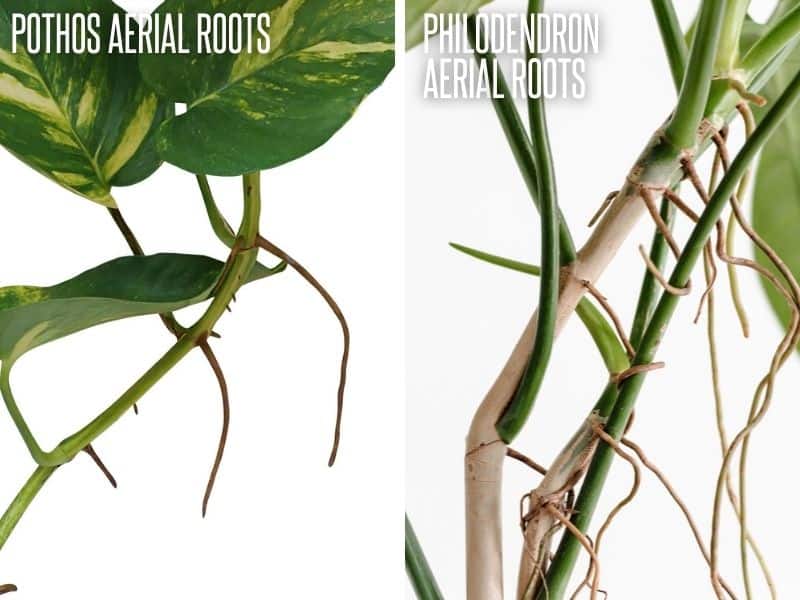
Cataphylls: The Protective Sheath
One of the most distinctive indicators, arguably, is the presence of cataphylls — small protective structures that protect emerging leaves. Philodendrons make well-known cataphylls that stay on post-unfurcation until they fall off into brown, papery forms. Pothos has zero cataphylls; new leaves flow straight from the axil of the older leaf.
New Leaf Morphology: Color, Theory & Process
Philodendron new leaves typically exhibit pinkish to yellowish tints prior to turning green, and appear sheltered in cataphylls. There’s still some more leaf growth to see, as pothos new leaves unfurl from tight spirals and go through the process of stretching and growth while keeping their color.
:max_bytes(150000):strip_icc()/heartleaf-philodendron-guide-5181702-hero-d7f06d3be69a42e2b71441e6d0d0ed86.jpg)
Similarities and Differences Between Anthurium: The Vein Pattern Discovered
Anthuriums and Philodendrons are similar, at least in appearance in origin since plants with tropical origin are similar, to the basic leaves. But a number of important differences set these genera fundamentally apart.
Vein Analysis: The Collector Vein

Anthuriums usually display an unusual collector vein, for example a prominent vein to run along the leaf margin. The above condition is a feature found almost entirely in Anthurium but it does not form in Philodendrons. Furthermore, Anthurium veins frequently look strikingly different from the colors of most leaves on foliage. Darken or very white is the typical result. Philodendron veins have a more blended pattern with the leaf colour. Its primary veins are parallel between the midrib and margin with no typical collector vein.
Petiole: Thickness & Mobility
Anthurium petioles are thinner and more rigid, sticking in place relatively easily. Philodendron petioles that are thick and fleshier, offering more flexibility and able to point leaves to the light.
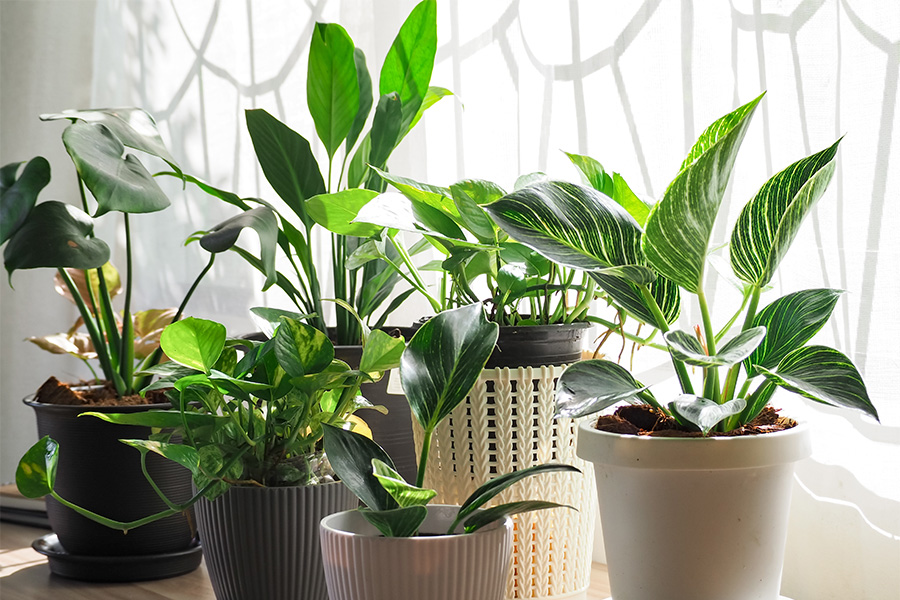
Growth Habit Distinctions
Most Anthuriums are self-headers and are able to grow erect with no need to be held in place. Philodendrons often climb or drift, relying on aerial roots to cling to supports.
Spathe, the Difference — and a Key Take a Leaf?
Both plants develop spathes — adapted leaves that enclose the flower spike. But Anthurium-type spathes open wide and are bright (red, pink, white), while Philodendron-style spathes are rolled and are not very obvious.
Comparison of Alocasia and Colocasia: The Elephant Ear Complex
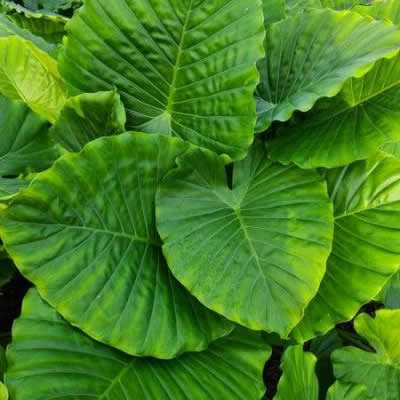
The name “elephant ear” refers to numerous genera; Alocasia and Colocasia are the most frequently confused. Learning about their unique traits ensures that these plants are not heavily mislabelled.
Corm Development: Underground Architecture
Alocasias develop from corms — thickened underground stems that can store nutrients. Generally a mature Alocasia has 5–10 corms that can be separated for propagation. Philodendrons have no corms at all. They grow from rhizomes or stems and have no underground storage organs.
Leaf Attachment: The Notch Test
The petiole attachment point gives a specific method of identifying it. Alocasia petioles are connected at the leaf notch, so the leaves shoot up and out. Colocasia petioles adhere further down from the leaf notch, producing a drooping effect. The Philodendron leaf attachment is species specific but different in every possible way.
Contrast of Veins: Visibility and Coloration
Alocasia leaves, however, frequently bear prominent veins with sharp and visible stripes that differ greatly from the leaf blade, with most being white or even lighter upon dark green shades. Philodendron veins tend to appear blended with the leaf color which results in very subtle patterning.
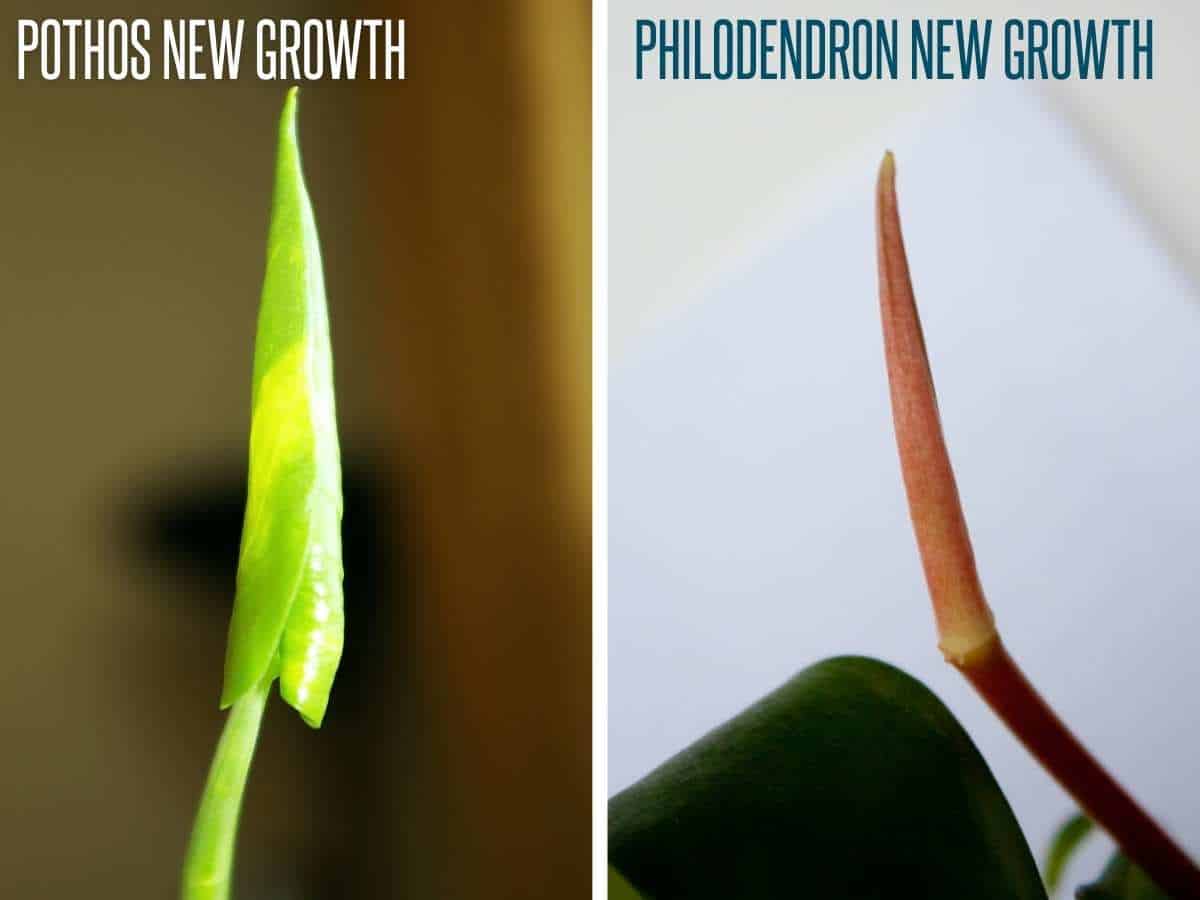
Growth Environment Preferences
For example, alocasias are a little fanatical about filtered light or a bit of shade or generally very bad at being exposed to direct sunlight and under drafty conditions. Philodendron varieties are more resistant to low illumination and adapt better to the indoors.
The Timing of Dormancy: Seasonalism
Alocasias become dormant in the cooler months and return to their corms during the dead of spring. Philodendrons generally have year-round growth under favorable conditions.
Caladium Identification Keys: The Color Champions
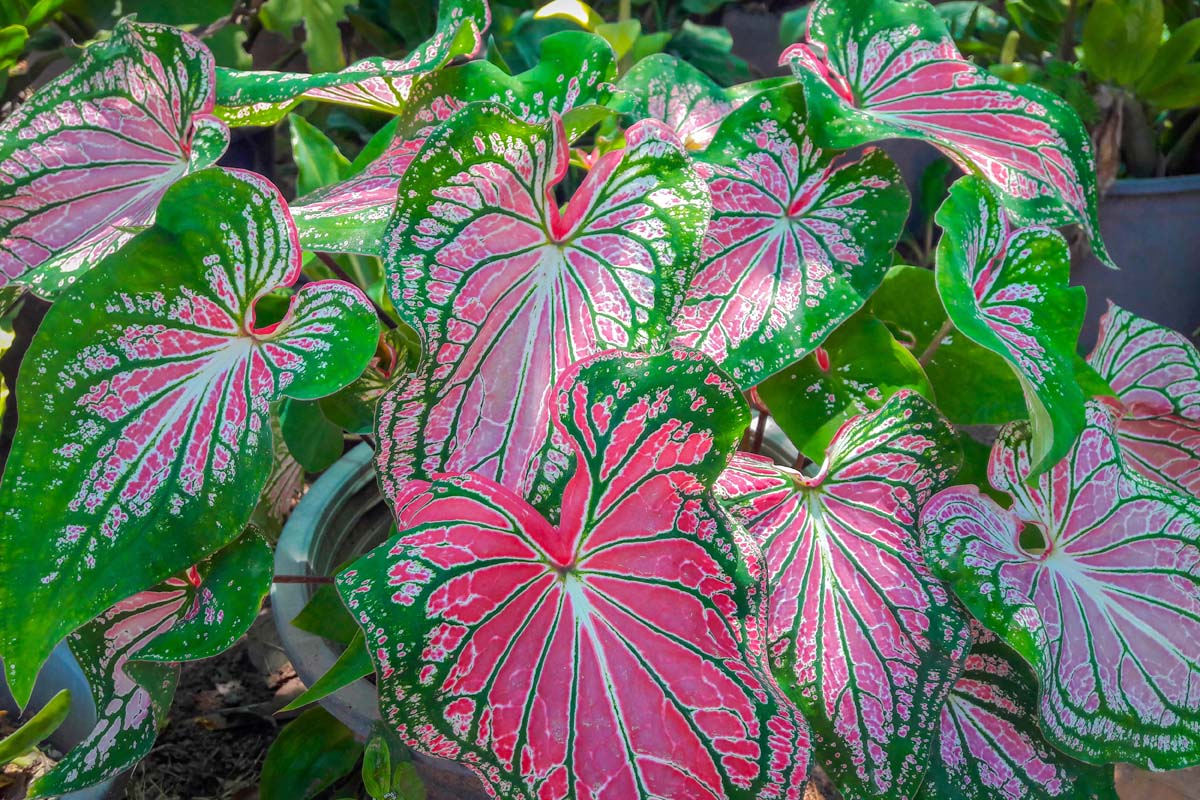
Caladium is different from Philodendrons because of its spectacular color displays. These plants value ornamental leaves more than climbing ability, leading to the development of discrete identity symbols.
The Palette: The Color of Leaf
Caladium leaves have amazing color patterns—reds, pinks, whites, greens in a complex pattern. Philodendrons usually have greenery, with the odd exception of variegation, but very seldom achieve the bright coloration characteristic of Caladiums.
Growth Cycle: Seasonal Dormancy
Caladiums grow from tubers and mature in their natural dormancy in the cooler months. The whole plant dies back to the tuber, where it lies dormant until summer returns. Philodendrons continue to grow year round in suitable conditions.
Leaf Texture and Durability
Caladium leaves resemble delicate, tissue-paper-like material and often look downward away from the petiole. Philodendron leaves are heavier and longer lasting to maintain the vertical or horizontal leaf orientation.
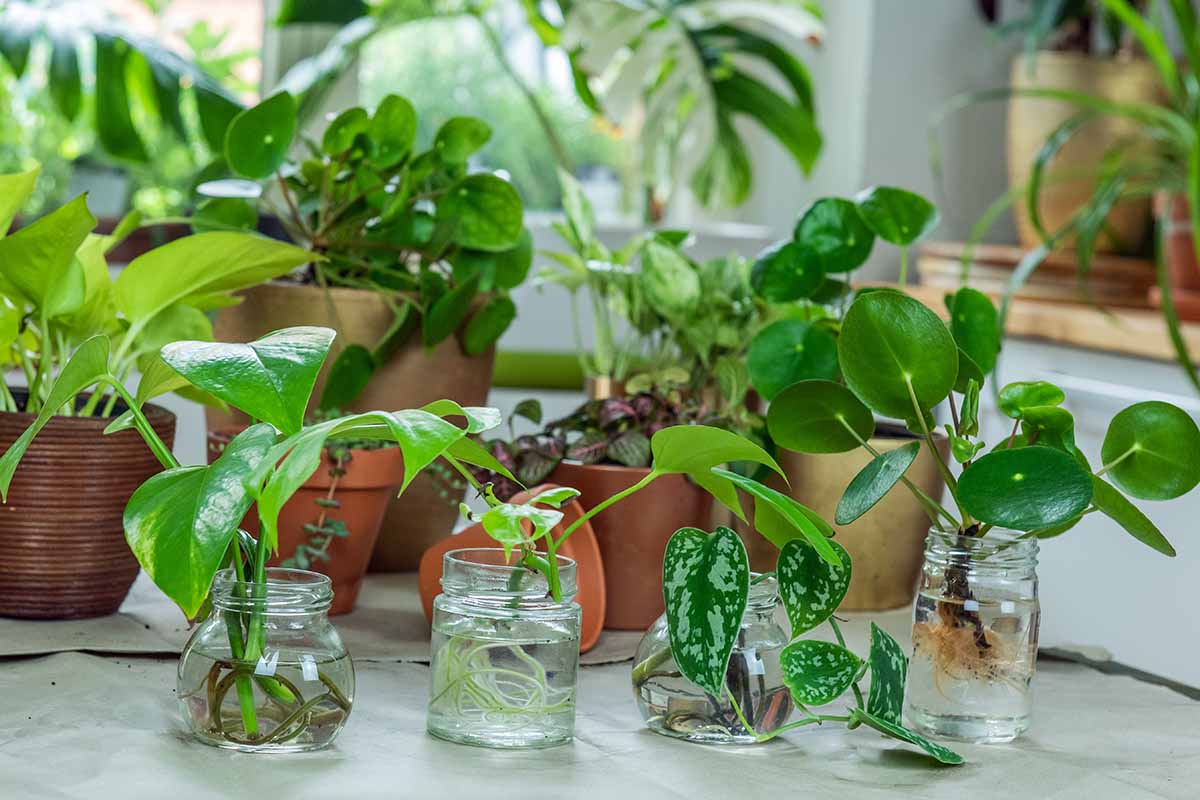
Light Needs: Color Care
Caladiums utilize bright, indirect light to reproduce their vivid colors; they require more illumination than Philodendrons. Shortage of light leads Caladiums to lose their signature patterns and return to green. Philodendrons do not react badly to lower light conditions, so they retain their color.
Advanced Identification: Plants Don’t Read Manuals
In the real world, plants that are more complex, such as juvenile specimens, hybrid varieties or stressed plants which lack the characteristics of a normal species, make real-world plant identification more difficult. Knowing these difficulties avoids errors in identification even in tough conditions.
Characteristics of Juveniles vs. Mature Individuals
Most of these identification characteristics only emerge in late development of growing plants. Young Monstera deliciosa will not even have visible fenestrations until the leaves have become 6-12 inches wide. Likewise, the Philodendron variants may show differentiated leaves in the immature and mature stages and this may be difficult to recognize with ease.
Hybrid Complications
New hybrids that blur traditional identification lines continue to be made in the horticultural industry. Various cultivars, dwarf varieties, and cross-generic hybrids have intermediate phenotypic characteristics and can be difficult to identify.
Expression and the Environmental Influence
It depends a lot on light levels, humidity, temperature and nutrition, how the characteristics of identification develop. Unsuitable conditions for growth of plants may not represent the typical features, thus environmental information is important to consider in identification.
Microscopic Level: Floral Structure
When visual identification is unreliable, floral structures give the final verdict. At the plant level, plants in the Araceae family share spadix-and-spathe flower arrangements; however, microscopic differences in ovary structure, stamen arrangement and pollen characteristics differentiate the genera.
Generation Differences in Propagation Success in Cloned Organisms
Propagation methods offer more identity clues and verify successful multiplication of plants. Different growth practices of each genus result in respective botanical relationships.
Propagation of Philodendron—Various Methods
Philodendrons grow conveniently by stem cuttings, division and air layering. Many types have easy water- or moist-soil rooting strategies for beginner propagators. Some species even can make offsets which can be separated from the mother plant.
Monstera Spread: Node Dependence
There must be at least one node in stem cuttings for successful propagation. Without nodes, single leaves won’t root, so this is a good identification test. With aerial roots found at each node it is possible to root immediately.

Simple Propagation of Pothos? The Easiest Growing Pothos
The thick and waxy leaves never let their leaves dry out in rooting plants, so they make sure to root rather than dry out; as a result, their success rate is very high.
Seed Germination and Division of Anthurium: The Process of Spreading Anthuriums
Anthuriums can grow either through division of mature plants or seed germination. It has a more precise process than other genera, and division yields faster results than seed propagation time-wise.
Propagation of Alocasias: Corm Separation
Alocasias grow actually using corm production. Mature plants can grow several corms, which are separate and can be grown independently. This corm-based reproduction distinguishes Alocasias from Philodendrons, which lack this capability.
Caladium Propagation: Tuber Division
Caladiums propagate through tuber division during dormancy. At a minimum, each divided section needs to house one growing point (eye) in order to form a new plant. This tuber-dependent propagation mimics their seasonal growth.
Information Needed: Assigned Growth With Precision

Diagnosis is the key, and so is appropriate care. All of them evolved under specific environmental conditions that necessitated appropriate approaches to light, water, temperature, and nutrition.
The Light Requirements: Shade Tolerance, Brightness and Lighting
Philodendrons are versatile, with the ability to thrive even in darker, bright, indirect lighting conditions while tolerating low light conditions. Such versatility makes them perfect to use in indoor spaces with different or variable lighting.
Monsteras favor bright indirect light and give more mature leaves when left alone and in good situations they have large enlargement and fenestration. Direct sunlight, on the other hand, causes leaf burn while lack of proper light suppresses fenestration.
Pothos is tolerant of light from low light to bright indirect light. Their waxy leaves are resistant to damage caused by light fluctuations, which accounts for their reputation as almost indestructible houseplants.
Light Anthuriums need to be brightly bathed in light to maintain their typical vein patterns and for flowering. If light is not enough, leggy growth and color change are also possible.
Alocasias need bright filtered light; however they cannot tolerate direct sunlight or dry indoor heating. Their preference for controlled environments makes them hard for beginners.
Caladiums require bright, indirect light to keep their bright colors. And when light levels are not adequate, rapid color loss and regression to green reversion are observed.

Protocols for Watering: Drought and Moisture Requirements
Philodendrons like to dry a little between watering sessions, so they’ll accept a temporary lack of attention. What is the prime cause of water problem and what is crucial is draining soil effectively.
Monsteras need to be watered with greater care, enjoying completely drying the top inch of soil between watering. In constant moist conditions, they slide up and die, making them prone to root rot due to climbing characteristics.
Pothos is astonishingly drought tolerant and can recover from extreme dehydration that would have killed all other plants. And this very resilient nature is one of the reasons why they are so popular with busy plant owners.
Anthuriums require continual moisture without becoming waterlogged. In the air the plants’ aerial roots capture moisture, which reduces the reliance on soil moisture alone.
Alocasias must receive reliable moisture, but they do not grow in waterlogged environments. Corms hold water, so they are reactive to both drought and overwatering.
Caladiums require constant and moist soil while in growth but lower watering in dormancy. The tubers store water and nutrients until the dormant stage in which they lie dormant.
Temperature and Humidity: Designing Perfect Environments
Philodendrons also learn how to live just like any normal household does, living in household temperatures of 65-80°F or with even average humidity tolerating it. For a healthy growth, everyday household conditions are generally adequate.
Monsteras do well in the same temperature ranges though seem to flourish in warmer humidity situations. And because they hail from tropical elements, they have a sensitivity to cold drafts and temperature fluctuations.
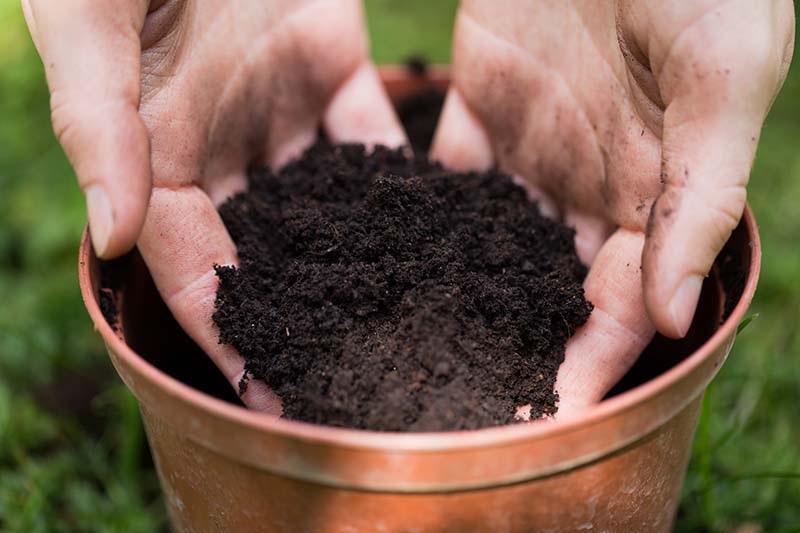
Pothos does better than most houseplants at withstanding temperature variations and surviving in climatic conditions which would stress a number of other tropical species. Their flexibility makes them well-suited to office and less-than-ideal environments.
Anthuriums are fond of warmer temperatures (70-85°F) and higher humidity. And since they are sensitive to environmental changes, they are a better fit for experienced growers.
Warm conditions (above 60°F) and high humidity are needed by alocasias. They are difficult to novice, or in variable climate to keep the conditions consistent.
Caladiums require high growth with warm temperatures (70-85°F) and high humidity. The dormancy phase also necessitates cooler conditions, mirroring the rhythms of their seasonal lives.
You Are Given a Step-by-Step Identification Process in the Complete Decision Tree
Organised identification is better than guesswork, systematic identification can achieve effective classification. This decision tree allows us to see the logical development from visible features.
Step 1: Look for Leaf Fenestration
Leaves pocked with holes inside the blade: Monstera. Only leaves with splits from the edge: Next thing.
Step 2: Assessment of Growth Habit and Roots
Single thick aerial root per node, thick waxy leaves: Pothos (Epipremnum). Two (or more) thin aerial roots per node, thin heart-shaped leaves: Philodendron. Straight growth without any climbing, distinctive veins: Moving on to Step 3.
Step 3: Inspect Vein Pattern and Petioles
Collector vein, thin rigid petioles: Anthurium. Well distinguished veins, thick fleshy petioles: Moving on to Step 4.
Step 4: Look for Underground Structures
Corms, Seasonal Dormancy: Alocasia. Tubers, vibrant leaves: Caladium. No underground storage organs, continuous growth: Philodendron.
Step 5: Verify with Environmental Preferences
Low light tolerance, forgiving care: Philodendron. Bright light that’s necessary for color maintenance: Caladium. High humidity needs: Alocasia or Anthurium.
Confusion on Misidentifications
Experienced growers face plants that are hard to pin down. Avoiding repeated misidentification requires common problem areas.
The “Split-Leaf” Problem
Splitting leaves makes it confused among Monstera, Philodendron, and others. Of note is that true fenestrations (holes formed on the leaf), which arise in Monstera species only of these genera.
Variegation Complications
Variegated varieties erode the boundaries of traditional identification metrics. Focus on basic anatomy — root structure, petiole attachment, growth habit — rather than color patterns when describing variegated specimens.
Juvenile versus Mature Confusion
The various characteristics of juvenile and mature genera. Do not identify specimens based solely on immature specimens where possible and be aware that some features only develop with increasing age and proper care.
Alterations to Environmental Stress
Stress-cultivated plants tend not to show typical characteristics. Keep in mind the environment when judging identification characteristics and compare with optimally grown samples when feasible.
Your Future-Proofing of Knowledge: Keeping Up with Modern Taxonomic Changes
The classification of plants as organisms progresses through genetic information reveals new patterns of relationships among plants. Knowing these developments is important so that an accurate classification will survive ongoing scientific knowledge of them.
Recent Reclassifications
The genus Thaumatophyllum was developed to serve many species long considered Philodendron, the most popular being the “split-leaf Philodendron” (now Thaumatophyllum bipinnatifidum). The reclassification recognizes genetic divergences identified in molecular research.
Ongoing Research
Subsequent genetic studies could expose more reclassifications within the Araceae family. Keeping up with changes to the taxonomy of the taxonomic family means that there is always an accurate and up-to-date identification knowledge all around.
Hybrid Development
The horticultural world is constantly developing new hybrids that may or may not be recognized by traditional identification systems. A familiarity with fundamental botanical principles is sufficient to detect novel varieties.
Finally: The Master’s Skill is Observed Carefully
Natural plant recognition constitutes a basic skill that makes the way of working by plant from guesswork to the science-doing field. Familiarity with the differences between Philodendron, Monstera, Epipremnum, Anthurium, Alocasia, and Caladium will enable you to take care of the differences that the plants might require.
This process just organically feels more intuitive with repeated use of the equipment to identify the best path and path. Identify the most common features, such as leaf fenestration and growth patterns, and gradually move to the more subtle, such as petiole structure and vein patterns. After a while, you recognize these plants immediately even in hard environmental conditions.
Keep in mind that accurate identification has its place in the world outside of enjoying their own well-being. It is able to facilitate good care, reproduction and good problem-solving when they are not well cared for. Most importantly though, it ties you into the astonishing diversity and adaptation strategy that our plant kingdom of tropical plants has used over the millions of years.
It is the process that takes you from being bewildered to confident in distinguishing plants; at any rate, it brings up your relationship with these extraordinary organisms. Each one you’ve identified plants on site demonstrates the new knowledge and the remarkable diversity and richness in the tropical plant kingdom that you’ve been exposed to.
Key Sources:
Araceae Family | UC Davis Conservatory
Fenestration Definition | ScienceDirect
Monstera deliciosa Care | University of Wisconsin Extension
Pothos vs Philodendron Differences | The Spruce
Petiole Structure Comparison | Ohio Tropics
Cataphylls in Philodendron | University of Illinois Extension
Anthurium Types and Care | Gardener’s Path
Elephant Ears: Colocasia, Alocasia and Xanthosoma | University of Wisconsin Extension
Caladiums for the Home Landscape | NC State Extension
Philodendron Care Guide | Missouri Botanical Garden
How to Identify the Araceae or Arum Family | Lyrae Nature Blog
DNA Analysis Reveals a Genus of Plants Hiding in Plain Sight | Quanta Magazine

